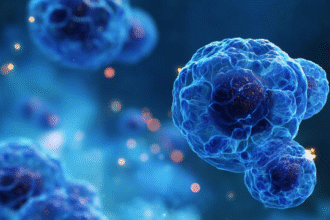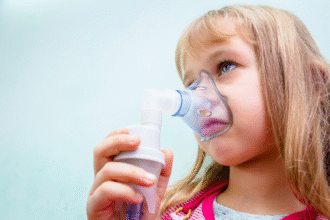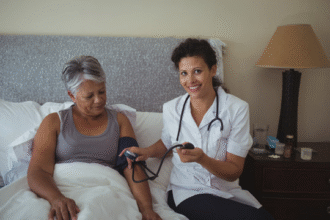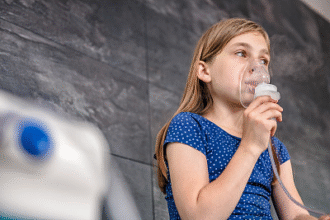Meningitis
Meningitis refers to inflammation of the meninges, the protective membranes covering the brain and spinal cord. It is a serious condition caused by various pathogens, including bacteria, viruses, fungi, and parasites.
Key Points
- Meningitis can lead to severe complications such as brain damage, hearing loss, and death.
- Early diagnosis and treatment are critical to reducing morbidity and mortality.
- Common pathogens include Neisseria meningitidis, Streptococcus pneumoniae, and Haemophilus influenzae.
- Management includes antimicrobial therapy, supportive care, and prevention through vaccination.
Etiology and Pathogenesis
Causes
- Bacterial pathogens: Neisseria meningitidis, Streptococcus pneumoniae, Haemophilus influenzae, Acinetobacter baumannii.
- Viral pathogens: Enteroviruses, herpesviruses, mumps virus.
- Fungal pathogens: Cryptococcus neoformans (common in immunocompromised patients).
- Parasitic causes: Rare but include Naegleria fowleri (primary amoebic meningoencephalitis).
- Non-infectious causes: Autoimmune diseases, certain medications, cancer.
Pathogenesis
- Pathogens invade the meninges and trigger an inflammatory response.
- Increased vascular permeability and disruption of the blood-brain barrier lead to cerebral edema and elevated intracranial pressure.
- Cerebrospinal fluid (CSF) changes: increased white blood cells, protein, and decreased glucose levels.
- Neurological dysfunction results from brain tissue damage, circulatory disturbances, and immune-mediated injury.
Clinical Features
- Early symptoms:
- Fever, headache, nausea, vomiting.
- Stiff neck (nuchal rigidity).
- Photophobia and altered mental status.
- Advanced symptoms:
- Seizures, focal neurological deficits.
- Impaired consciousness, coma.
- Signs of increased intracranial pressure: papilledema, bradycardia, hypertension.
Diagnosis
- Clinical examination:
- Kernig’s sign: pain on knee extension with hip flexed.
- Brudzinski’s sign: neck flexion causes hip/knee flexion.
- Lumbar puncture:
- CSF analysis: elevated white blood cells, high protein, low glucose in bacterial meningitis.
- Gram stain and culture for pathogen identification.
- Imaging:
- CT or MRI to rule out mass effect or abscess before lumbar puncture.
Treatment Principles
General Measures
- Hospitalization for close monitoring and supportive care.
- Manage intracranial pressure: elevate head of bed, osmotic therapy (e.g., mannitol).
- Seizure control with antiepileptic drugs if needed.
Antimicrobial Therapy
- Bacterial meningitis:
- Empiric antibiotics: ceftriaxone or cefotaxime plus vancomycin.
- Add ampicillin for Listeria monocytogenes in neonates, elderly, or immunocompromised.
- Viral meningitis:
- Supportive care; acyclovir for suspected herpesvirus.
- Fungal meningitis:
- Amphotericin B and flucytosine for Cryptococcus; fluconazole for maintenance.
Adjunctive Therapy
- Corticosteroids: Dexamethasone to reduce inflammation in bacterial meningitis (especially pneumococcal).
- Vaccination: Preventive vaccines for N. meningitidis, S. pneumoniae, and H. influenzae.
Prevention
- Routine immunization against meningococcal, pneumococcal, and Haemophilus influenzae type b (Hib).
- Prophylactic antibiotics for close contacts of meningococcal cases.
- Maintain good hygiene and avoid close contact with infected individuals.
Complications and Referral
- Complications:
- Hearing loss, hydrocephalus, brain abscess.
- Sepsis, disseminated intravascular coagulation (DIC).
- Referral criteria:
- Persistent neurological deficits, recurrent meningitis.
- Suspected complications requiring neurosurgical intervention.
Patient Education
- Seek immediate medical attention for symptoms of meningitis.
- Complete prescribed treatments and attend follow-up appointments.
- Encourage vaccination to prevent meningitis.







